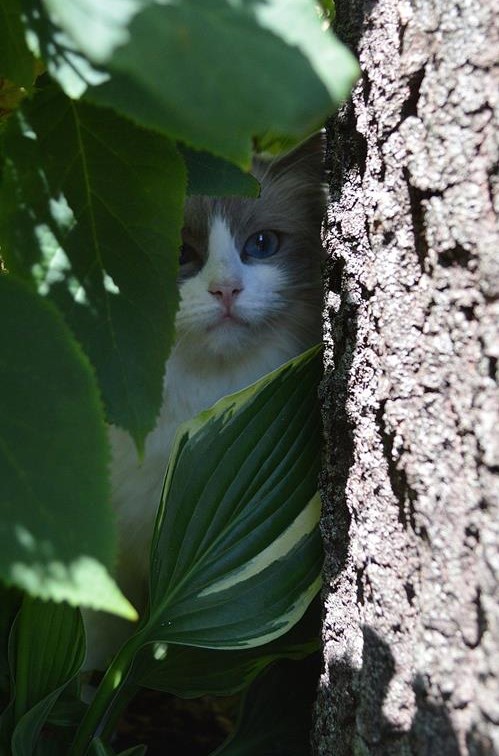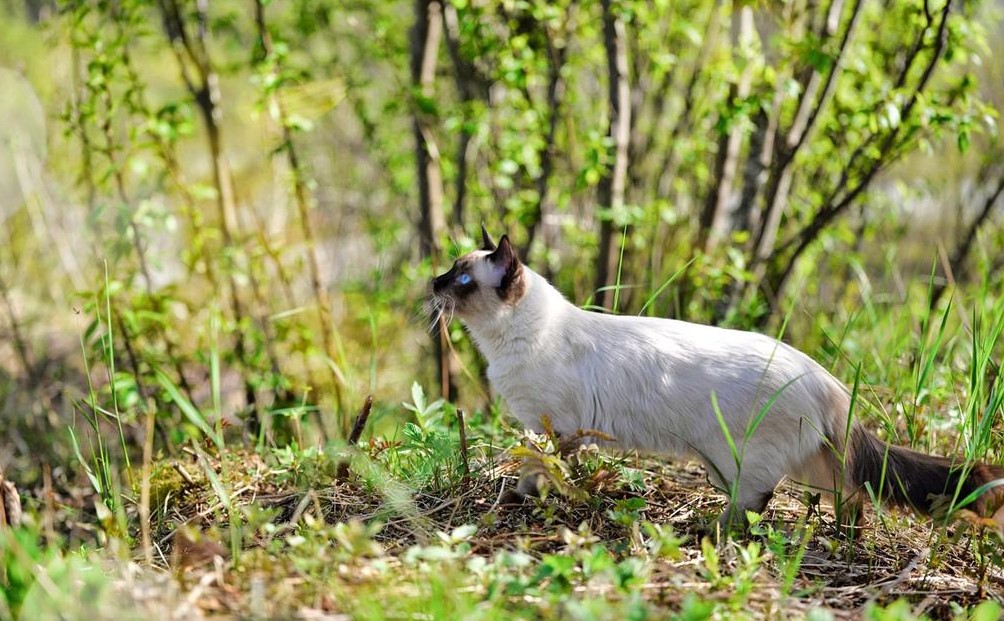Feral cats, often referred to as “wild” cats, have intrigued and puzzled both cat lovers and researchers alike for years. Their behavior is a fascinating blend of survival instincts and adaptation to the ever-changing environment. However, amidst the intrigue, various misconceptions have emerged. In this article, we will delve into the complex world of feral cat behavior, debunking common misconceptions and shedding light on the realities of these resilient creatures.
Understanding Feral Cats
Feral cats are domestic cats that have reverted to a wild state due to lack of human socialization or long-term exposure to the outdoors. Unlike stray cats that may have had previous human interactions, feral cats are typically wary of humans and may appear skittish or elusive. Their behaviors are deeply rooted in their need for survival in an environment that often lacks the comforts of domestication.
Common Misconceptions
Misconception 1: Feral Cats are Just Like Wild Animals
While feral cats do exhibit behaviors related to survival, it’s important to recognize that they are still domesticated animals at their core. They often share a common ancestry with our beloved house cats and may possess some traits and behaviors similar to their domestic counterparts.
Misconception 2: Feral Cats Cannot Be Tamed
While feral cats are less likely to readily accept human contact, they are not necessarily impossible to tame. With patience, time, and consistent efforts, some feral cats can learn to trust humans and become more social. The process, known as “TNR” (Trap-Neuter-Return) involves capturing feral cats, spaying or neutering them, and then gradually acclimating them to human presence.
Misconception 3: Feral Cats are a Significant Threat to Wildlife
It is true that feral cats are skilled hunters due to their instinctual behaviors. However, studies suggest that the impact of feral cats on wildlife populations is often exaggerated. Habitat loss, pollution, and other human-induced factors typically play a larger role in the decline of certain species.
Misconception 4: Feral Cats Are Unhealthy and Miserable
Feral cats are remarkably resourceful and have adapted to living in a variety of environments. While they may face challenges such as disease and predation, they also experience moments of joy, companionship, and even complex social structures within colonies.

Feral Cat Behavior: Realities and Insights
1. Social Structure:
Feral cats often form loose social groups known as colonies. Within these colonies, cats establish hierarchies, share resources, and even exhibit social grooming behaviors. These social connections contribute to their survival.
2. Vocalization and Communication:
Feral cats communicate through various vocalizations, including hisses, growls, and even meows. These vocal cues help establish territory boundaries, signal mating readiness, and express discomfort.
3. Territorial Behavior:
Feral cats are territorial animals. They mark their territory through scent marking, scratching, and rubbing against objects. This behavior helps them establish ownership of their habitat and resources.
4. Nocturnal Activity:
Feral cats are often more active during the night, a behavior inherited from their wild ancestors. This nocturnal activity pattern helps them avoid predators and human presence.
Conclusion
Feral cats are enigmatic creatures that have found a way to survive in a challenging world. Their behavior is a mix of survival instincts, social dynamics, and adaptation to their environment. It’s important to separate fact from fiction when it comes to feral cat behavior and to approach them with understanding rather than fear. By dispelling common misconceptions, we can foster a greater appreciation for the resilience and complexity of feral cats, while also striving to implement humane strategies for their well-being in coexistence with other species.



